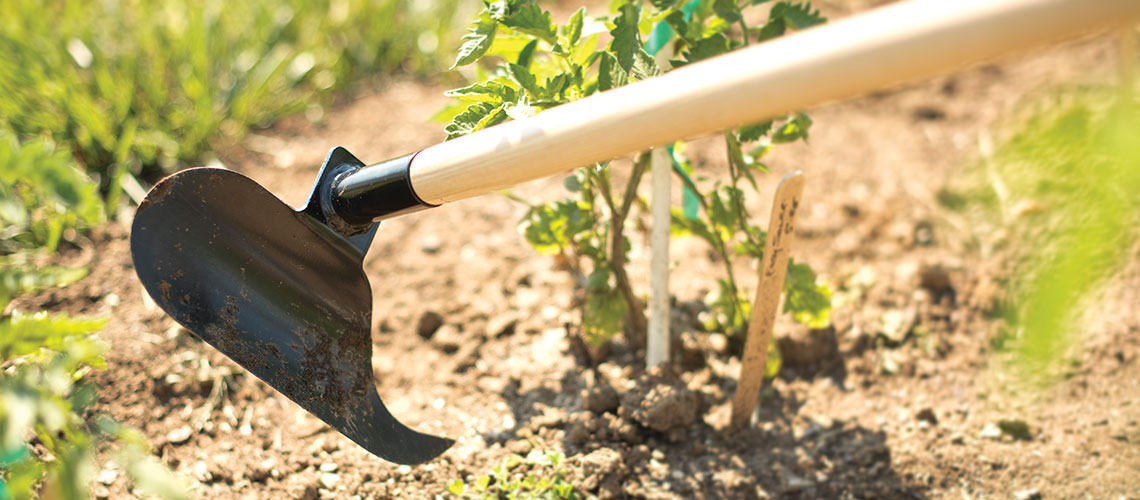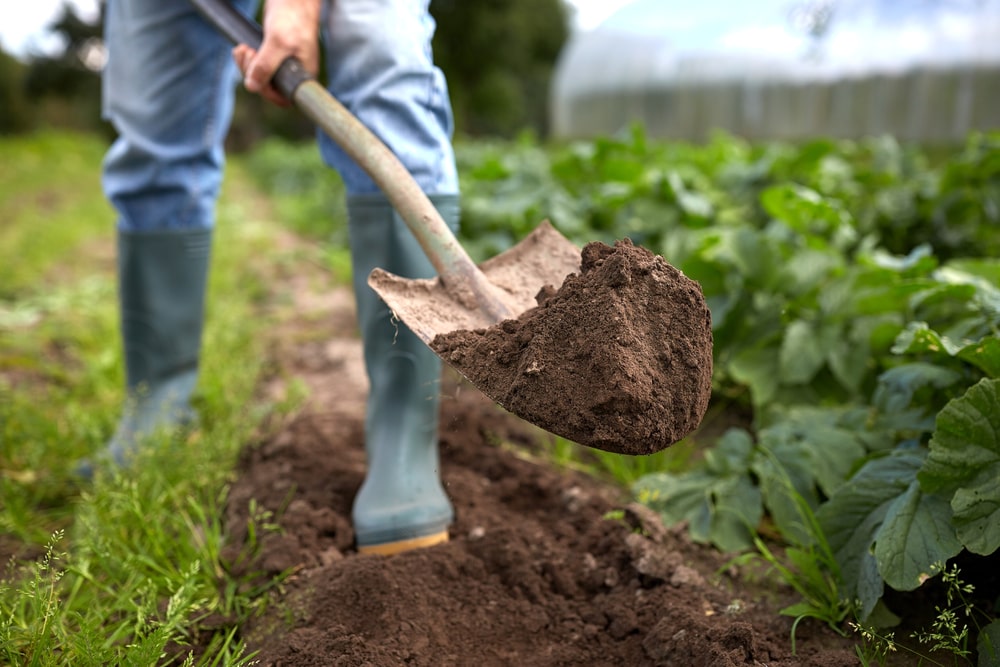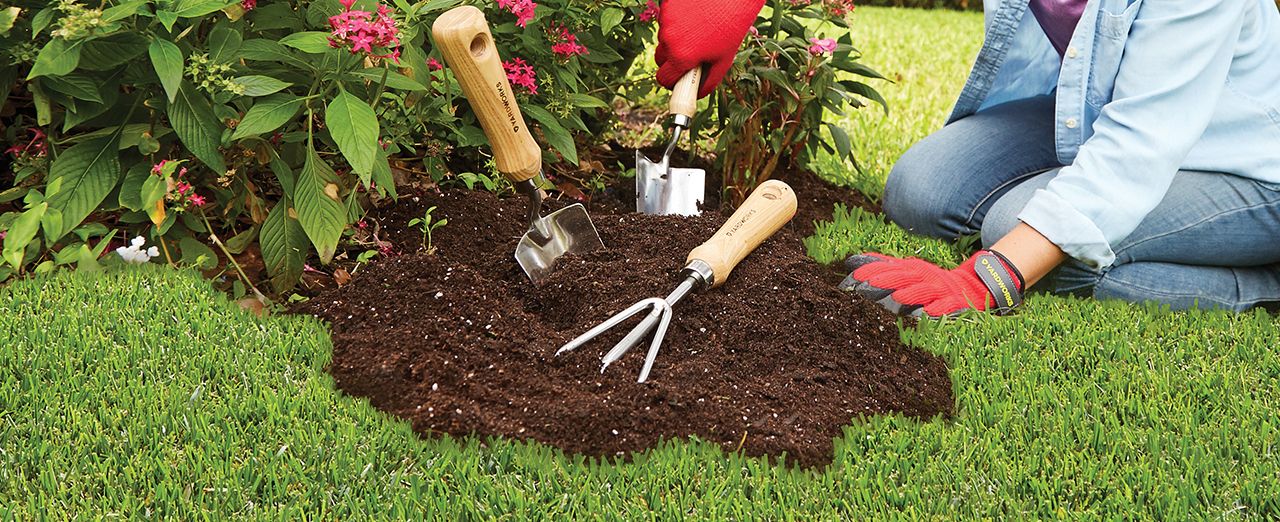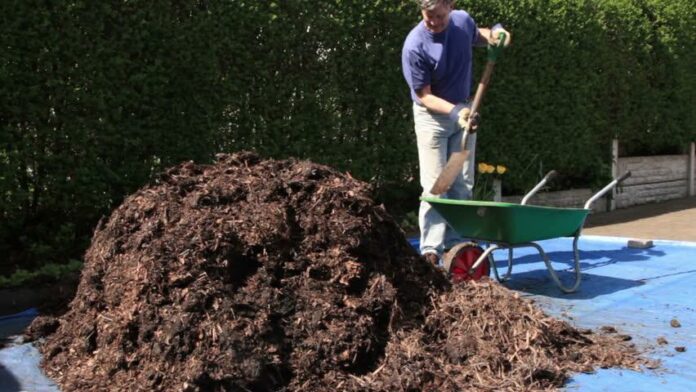If you are ready to remove soil from certain areas of your property, you will need to have the proper tools to get this done. It is also important to use techniques that are going to work. If you are doing this alone, or if you will be with a group of people, it is important to have a game plan or strategy. The following information will give you the best soil removal tools and tips that you will need to be successful at extracting the soil that you need to on your property.
What Tools Will You Need?

The tools that you will need will include a square shovel, plumbers shovel, and also a spade. If you will be digging a trench, a trench shovel will be necessary. Once you have these tools, you will then need a way to remove the debris quickly and efficiently. One of the best ways to do this is to have a wheelbarrow, or even a truck nearby, so that you can put the dirt in to take it away. However, you may only be removing this dirt from one location, and taking it to another. If that is the case, then you will need a completely different strategy for moving the soil from one location to another.
Strategies For Relocating Soil On Your Property
The best way to relocate this soil is to begin in one specific area. You will designate how much needs to be removed, and based upon where it is going to be placed, and what you are going to do with that soil, you can then proceed to remove it. If you are working with someone else, one of you can be digging up the soil in bringing it, whereas the other person can be spreading it out. This will expedite the process of redistributing soil that you have on your property using the tools that have been recommended. Here are some other soil removal tools and tips.
Other Digging Tools You May Need

There are a couple of other tools that you may need to use which will include a garden pick and a Matlock. These are handheld tools that will work very well. If the soil is exceedingly dense, you may need to get a hammer, a sledge hammer at Fiskars, a crowbar, or an auger which can be used for digging post holes. These are all going to be part of your plan for removing the soil and using it for different purposes. If you are simply leveling out the soil, you can use a steel rake as part of the many tools that you have at your disposal. There are so many ways to remove soil, or redistributed, and these tools will help you get the job done.
Why Would Anyone Want To Remove Soil?
The primary reason that people want to remove soil is that they are working on a project. They could be setting up a garden, and in the area that they need to have the soil, there is very little available. There will be some areas where the soil will be much richer, and that will need to be used for planting purposes. There are other problems that may occur such as the soil may have a substantial amount of weeds that keep coming back. By removing the soil in certain areas, you will not have that problem.
Other Reasons You May Need To Remove The Soil

The other reasons that you may need to do this will include the fact that you are building a structure in this area. For example, you could be putting up a shed, or you might be laying the foundation for a garage. Soil removal will be necessary in both cases. You will probably want to redistribute that soil to certain areas for other projects. For example, you could be placing a flower bed around the perimeter of your property, or just around your home. This extra soil will serve that purpose, helping you to save money by not having to purchase potting soil at the local store.
If you are ready to remove soil on your property, you now know what tools to use. You also have an idea of how to plan your strategy. The strategy that you use is dependent upon why you are moving the soil. You could be removing it to prevent weed growth, plants a garden, or to simply level out a certain area where you are going to do a building project. Regardless of what you are doing, the soil removal tools and tips will help you achieve your objective whether you are working by yourself or with a group of helpers.


















